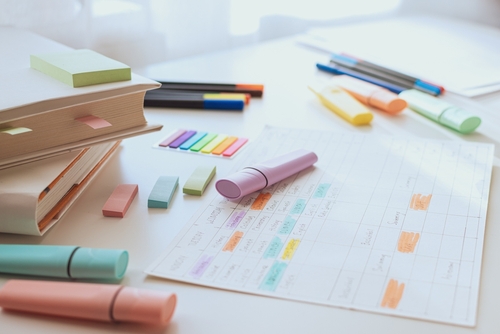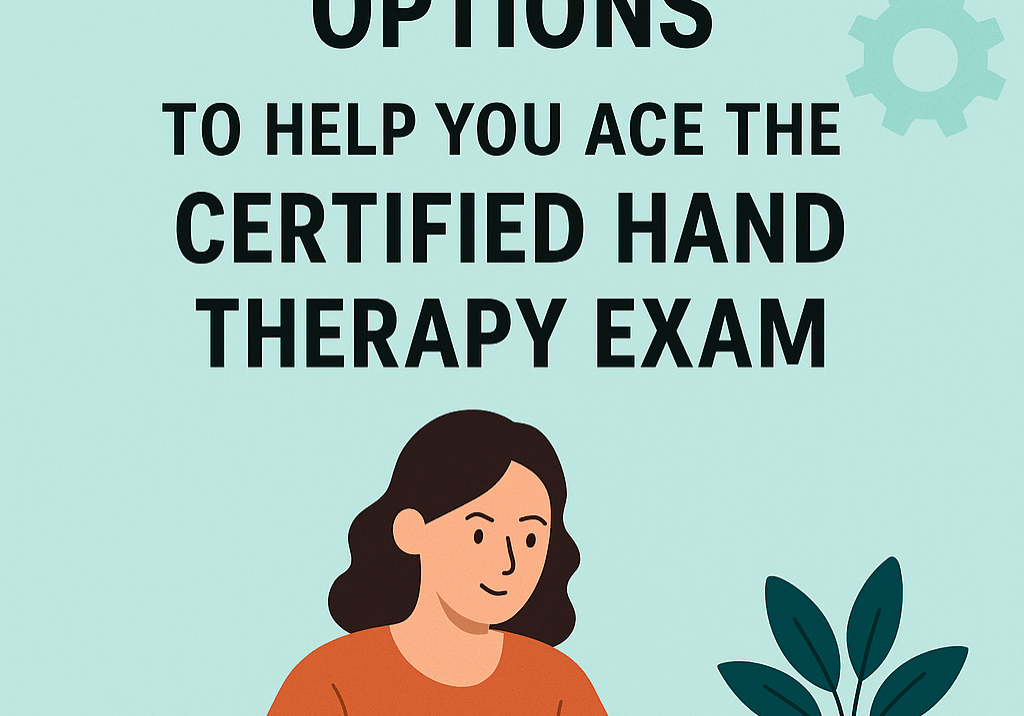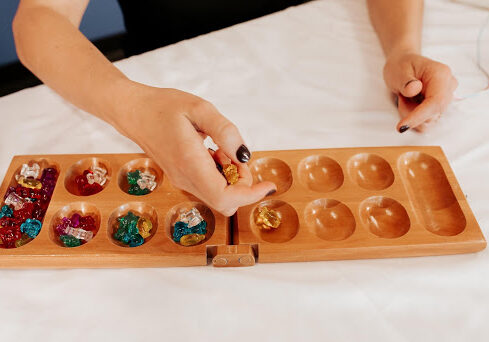Learning to study effectively for the CHT exam is an essential first step to take while studying. We all learn and process information differently but implementing some strategies can lead to more effective learning and save countless hours. People always ask how many hours they should study per week. Unfortunately, there is no simple answer to this question. It is highly dependent on the effectiveness of the study session and where you are in your CHT prep Journey. Here are some quick tips to improve learning efficiency
1.) Learn the basics
For more effective learning to occur, we must learn the basics. When talking about hand therapy, we refer to anatomy as the basics. A solid foundation and understanding will make understanding the content much more straightforward while prepping for the CHT exam.
2.) Find different sources… but not too many

Have a couple of your go-to resources as your primary study source. If you are struggling to understand a topic reach out to find other resources. Look for the information in different formats, such as podcasts or videos. Use caution when selecting resources to ensure they are a trusted source and avoid getting too many resources, as this tends to be overwhelming.
3.) Use tricks for improving memory
Several tricks can be utilized to improve your memory, including using mnemonics. Much research shows mnemonics can be helpful, especially if they are playful and funny. These can be over-utilized and rely more on rote memory than on elaborative rehearsal, so your understanding of the concepts may not be as concise. So use sparingly!
4.) Use color or create doodles

Using different colors to highlight important text. Even drawing a particular doodle next to the information can be helpful for associative memory. This helps by allowing our brain to associate different topics based on objects and colors.
5.) Teach someone else
This is known as the Protégé Effect. When you have to teach someone else you typically have to know the material very well. You can do this by educating your patients on their anatomy or by teaching a student about shoulder pathology. These are all strategies to deepen your understanding of the material and learn the content effectively.
6.) Set a schedule and adjust accordingly
Make a plan for what days you will study including the time of day you will and the length of the session. This could be for 20 minutes in the morning and ten at night or a 2-hour session on your day off, but the key is to follow through with the plan. It is more effective to do shorter sessions with a small recap of the highlights at the end of each session. At the end of the week, do another brief overview of what you learned that week. Reviewing information is far more effective than cramming before the CHT exam.
7.) Make it relevant
When processing information, try to tie it back to your current or previous caseload. For instance, if you are reviewing scapholunate injuries, think back to a patient you had with that injury. Think about the mechanism of the injury. For example, I recall a patinet that I treated had a scapholunate injury that occurred while his arm was being twisted while being arrested.
9.) Don’t multitask
The evidence is very clear that multitasking does not work well. When you are multitasking, you do not learn the information as well. You will remember less and have more difficulty learning the new subject matter. Studies have shown if you are not focused on the task, you will be unable to recall what you learned after 10 minutes. Also, when you switch from reading your textbook to scrolling through your phone, your brain becomes more fatigued. Make sure your study sessions are focused and thoughtful. Avoid all distractions.
10.) Stay organized
Make sure you organize all your notes by topic and keep them in one place. The organization will help with your time management tasks. Rather than spending all your time looking for old notes, take the time to clean your study area and label all notes by study topic. We typically recommend using a three-ring binder with loose-leaf paper; that way, you can add notes to each section and deepen your knowledge base. Staying organized will help you to maximize your study time and keep you on schedule.
More To Read
Best CHT Prep Course Options to Help You Ace the Certified Hand Therapy Exam
Preparing for the Certified Hand Therapist (CHT) exam can be daunting—but the right prep course makes all the difference. Whether you’re a busy clinician or a fresh therapist aiming to become a specialist, choosing a high-quality CHT prep course helps streamline your study plan and boost your chances of passing. In this comprehensive guide, we’ll…
Read MoreHow to Improve Fine Motor Translation Skills
By: Josh MacDonald The Basics – I lay a pile of small objects on the table and an open container for the client to put them into. What object I use depends on the client’s level. We’ll get to that later. Then, they use a 2-point pincer grasp to pick up one and shift it…
Read MorePros and Cons of Cortisone Injections
By: Shruti Jani Patients will often times ask the therapist their opinion on cortisone injections. Cortisone injections can be very helpful and significantly reduce inflammation, however, some therapists feel this can mask the pain not treating the true root cause of the problem. This is often debated among therapists. A short synopsis of the pros…
Read MoreSign-up to Get Updates Straight to Your Inbox!
Sign up with us and we will send you regular blog posts on everything hand therapy, notices every time we upload new videos and tutorials, along with handout, protocols, and other useful information.





